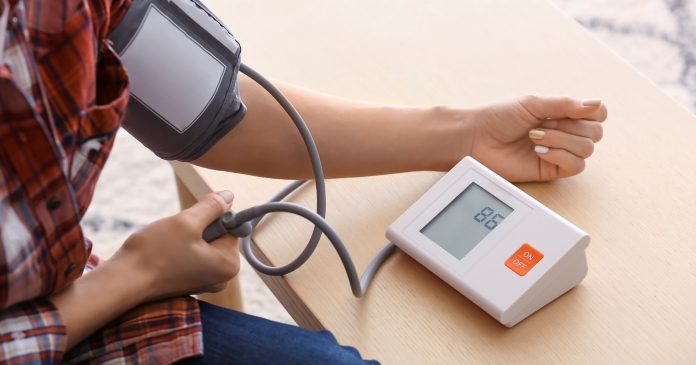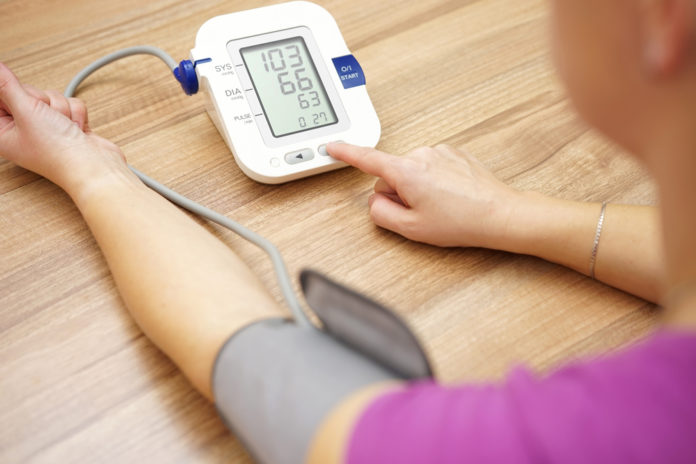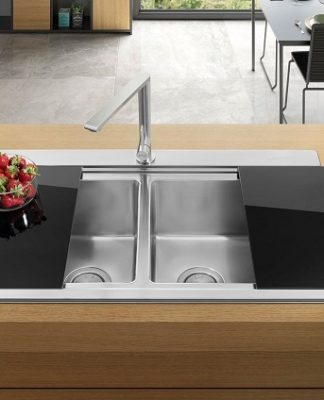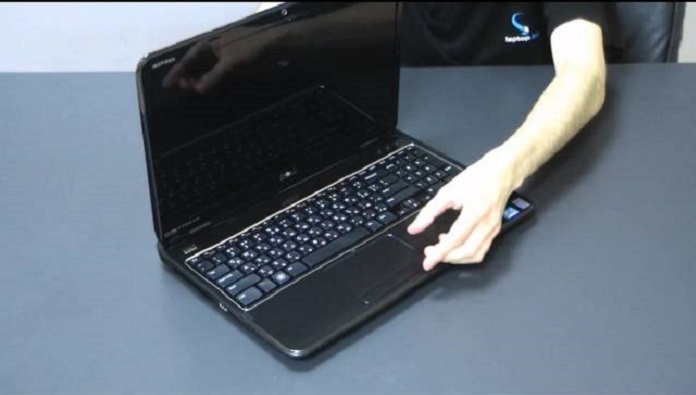According to the Australian Heart Foundation, one in three Aussies have high blood pressure, but not all of them have it under control. Left undetected or untreated, this common health condition can result in irreversible damage to the heart and arteries, increasing the risks of a heart attack or stroke. Experts suggest that maintaining blood pressure monitoring at home can improve that outlook, helping many more individuals who suffer from hypertension keep their condition under control.
Benefits of Monitoring Blood Pressure at Home
The only way to find out if your lifestyle changes or medications are working is to check your blood pressure regularly. Monitoring the changes in your blood pressure at home can help you and your doctor to make decisions about your treatment, such as adjusting dosages or changing medications.
Blood pressure self-monitoring with the right automatic or electronic blood pressure machine also gives you a better sense of responsibility for your health. You may feel even more motivated to control your blood pressure with improved diet, physical activity, and proper medication use. The anxiety associated with seeing a doctor cause some patients to experience spikes in blood pressure. There are also those who have normal blood pressure at a clinic but elevated pressure elsewhere, which is called masked hypertension. Staying in the habit of monitoring can help determine if you really have high blood pressure.

Choosing a Pressure Blood Monitor
Most local and online pharmacies sell pressure blood monitor devices. Going for an automatic or electronic machine is often recommended. What is the difference between manual and automated blood pressure monitoring, you may ask? An automatic blood pressure monitor inflates, measures, and deflates the cuff automatically.
Easy to use, this model works at the push of a button and tends to perform better than manual monitors. Easier to use and more “foolproof” automatic models are better suited to use by individuals at home. A manual blood pressure monitor, on the other hand, requires you to inflate the cuff yourself by pumping a bulb. While these monitors give accurate results, they’re not recommended for home use because they require some training.
Most of the pressure blood monitor devices you see will be the upper-arm cuff type, although there’s been an increase in wrist cuff models. While there isn’t much difference in accuracy between the upper arm and wrist cuff models when used exactly as directed, medical experts consider the wrist cuff models to be less accurate. The reason for that is maybe because wrist blood monitors are extremely sensitive to body position.
For accurate measurement, your arm and wrist must be at heart level for an accurate measurement. That is easy to achieve with an arm cuff blood pressure monitor as it’s the natural position of your bicep. What should I look for in a blood pressure monitor? I suggest you pick a top-scoring model that comes with the features you need. This will make testing more efficient and easier for you. For example, some models allow users to store reading for more than one person. Here are some tips to help you choose the right design for you.
Check the Fit

It’s very important that you ensure the pressure blood monitor you choose has a cuff that fits the circumference of your upper arm or wrist. Using the wrong size cuff can result in an inaccurate reading. Arm models tend to come with two cuffs or a cuff that can be adjusted to fit most people. Wrist models are also known for fitting most people.
Choose One That’s Easy to Use
You’ll want the monitor on the device to be easy to read. The buttons should be large and intuitive. The directions for using the cuff and operating the monitor should also be clean.
Get the Features You Want and Need
When choosing from the range of blood pressure monitors, there are many features to consider. Some of them include a risk-category indicator, an irregular-heartbeat detector, multiple cuffs, a large digit design, multiple user memories, memory download capability and a data-averaging function.
If you’re a high-tech kind of person, you may want to consider an app-based blood pressure monitor to give you more and better data logging capabilities. These app-based monitors generally offer a longer history, data manipulation and graphing. Some even offer the ability to communicate with other health-based apps for more holistic monitoring of your vital signs.
The downside of these app-based monitors is that they generally don’t have their own display, which means you need to connect your phone via Wi-Fi or Bluetooth before you can take a quick measurement. While there are many advantages to the app-based approach, having to pair both devices adds a level of complexity to the process. If you aren’t much into technology, you may be better off with a conventional monitor.
Calibrating Your Blood Pressure Monitor
Regardless of which type of monitor you choose, consider taking it to your doctor to get it checked against your doctor’s monitor to find out if it’s accurate. If not, you can check the product’s manual for instructions on how to adjust the readings for error. Ask your doctor to check your technique to ensure you are measuring correctly.















